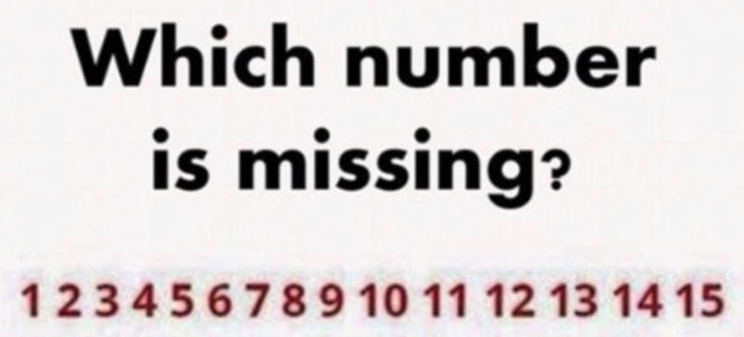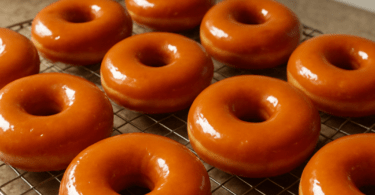Ah, the internet is testing us again with one of its riddles. This time, people are getting jammed up while trying to find the missing number in this puzzle. Stop what you’re doing and try your luck.
With the popularity of online brain-teasers on the rise, every so often some will take off and take the internet by storm. This one comes to us from Playbuzz, which offers a collection of quizzes that range from mind-benders to personality tests to keep the fun going.
No math skills are necessary to come up with an answer to this one, but you do need powers of observation. Somewhere around preschool or kindergarten, we start to learn about patterns. Somewhere in adulthood, some of us need a refresher in spotting them like eagle-eyed 5-year-olds.
It looks easy. But one of the objectives of this challenge is to NOT count through each of these numbers one-by-one. Where’s the difficulty in that?
Anyone can go line by line and discover the answer, but we’re being asked to look at this puzzle without reading through each number individually.
So, look at this block of numbers from 1 to 49 and make a guess. Glance carefully at these digits and try to figure out which number is missing. It’s not as easy as it looks, and you might even be tempted to answer that nothing is missing. But keep trying!
Here’s a hint: it has two digits. It may take you one or two rounds (or maybe three), but when you find it, you’ll say, “Oh, it was right there staring me in the face!”
The main reason people miss the answer is because of how the brain works. This can happen in two ways.
For one, our brain is trained to recognize patterns, and sometimes we fill in the blanks with what we expect to be there. It’s akin to operating in auto-correct mode.
On the other hand, there is something called inattention blindness, where the brain focuses and takes in a certain amount of information and filters out other bits.
Therefore, even when something is right there in front of you, you fail to catch it because your brain is so focused on one task.
An article published to the University College London’s website compares it to driving and not noticing an animal in or by the road. You can look directly at the object and still not see it. Perhaps that’s happened to you with this puzzle today?
From: tiphero.com








